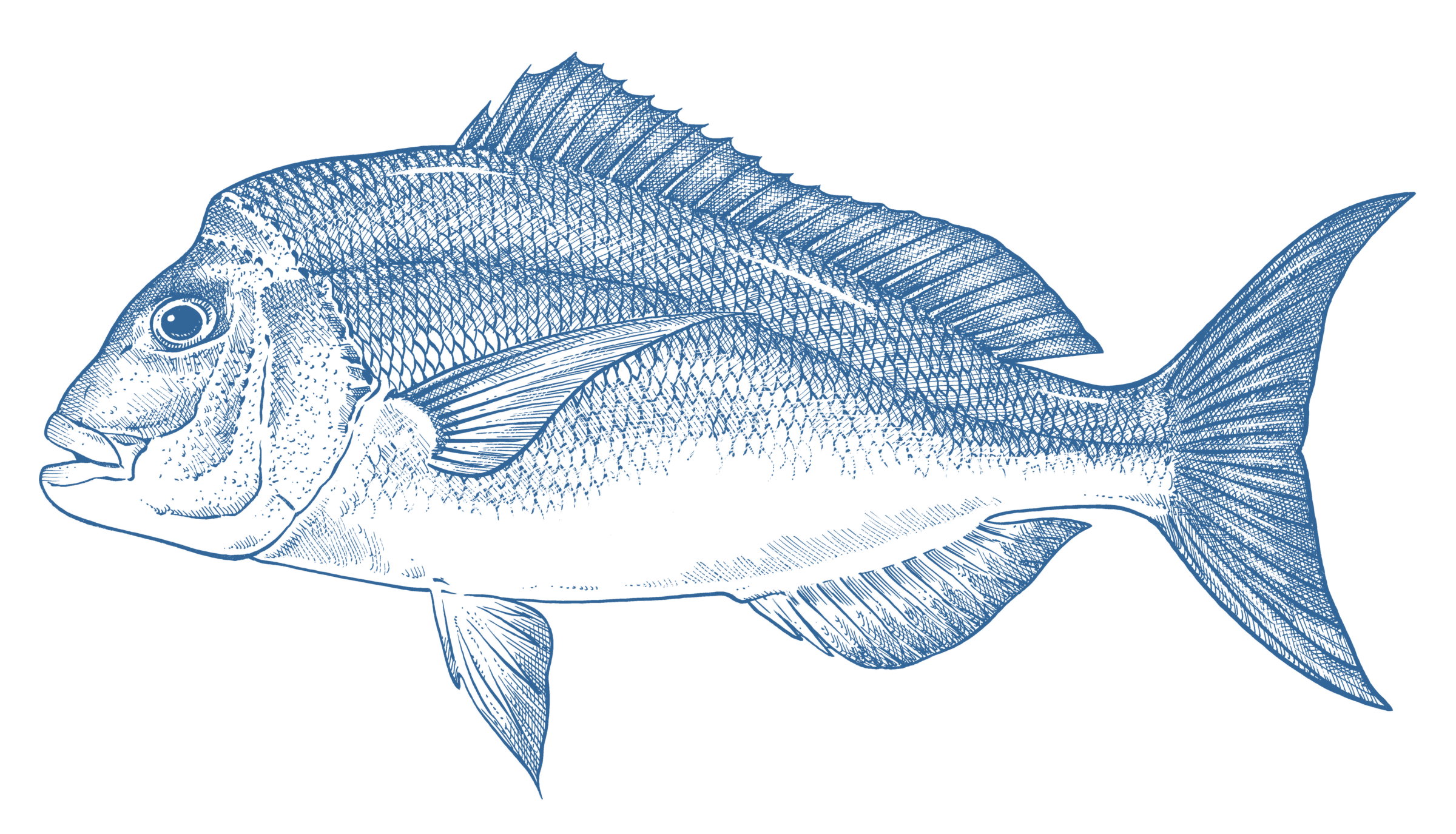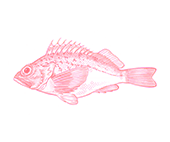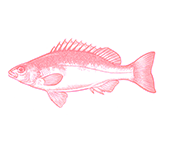




- Better Choice
Wild Caught
Region:
VIC
- Snapper are caught in Victoria using long line and to a lesser extent by haul seine net and gillnet methods.
- The Victorian snapper stock, which forms breeding aggregations annually in Port Philip Bay, is healthy.
- Commercial net fishing is being phased out of the Port Philip Bay region where they are mostly caught, and longline fishing effort will be capped in 2022, reducing concerns over the health of the stock from commercial fishing.
- Longlining in Port Phillip Bay likely presents low risk to endangered wildlife and marine habitat. Independent verification of marine wildlife interactions would be welcome in order to maintain this Better Choice rating into the future.







With its firm white flesh and large, meaty flake, Snapper is a highly regarded species loved by fishers and seafood lovers alike. It is a versatile fish, able to be cooked whole or as fillets. Try steaming, barbecuing or pan-frying fillets. Whole fish can be oven-baked, barbecued, or steamed. Pieces of snapper can also be dropped into a seafood soup, stew, or curry. Ensure you add them at the last minute to prevent overcooking. Snapper bones make a fantastic fish stock that is clean and rich. This fish stock can be served on its own as a simple soup, or used to make a classic dishes such as bouillabaisse or bisque.
- Port Philip Bay Fishery, Ocean Fishery (49t in 2018/19, 64t in 2017/18)
Snapper can be found in temperate Australian waters from coastal bays to oceanic waters upto 250m deep. Snapper is a key target of commercial and recreational fisheries around Australia, caught in all states except in Tasmania and Northern Territory waters. Snapper are long lived fish (up to 40 years) and take up to 7 years to reach maturity. The majority of snapper in VIC are caught in Port Phillip Bay, with minor quantities caught in other areas.
The most recent stock assessment has been delayed by the Covid-19 pandemic, but available data suggests that stocks remain healthy and a significant breeding event in 2018 is likely to boost the stock and make it more resilient in coming years.
There is a significant recreational catch in Port Philip Bay where the stock forms spawning aggregations. The Covid-19 pandemic is likely to have reduced that catch in recent years.
There is no evidence of a decline of endangered species population as a result of the fishery. However, no independently verified bycatch information is available for the fishery and no observer program is in place. Bycatch is likely to be low due to the targeted nature of the fishery and its small scale.
Marine parks provide a small degree of protection for snapper and the western shoreline of Port Philip Bay is a RAMSAR site, which brings additional environmental management.


